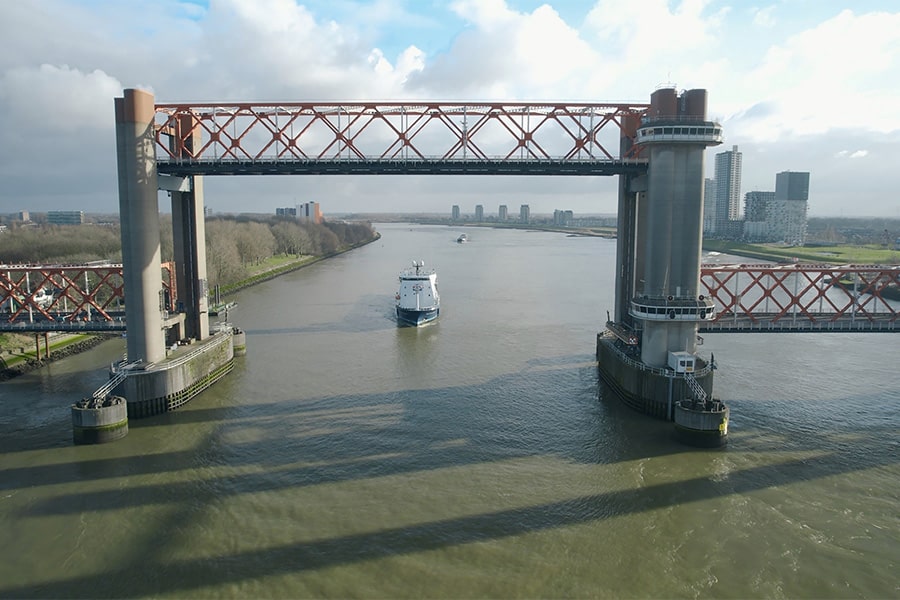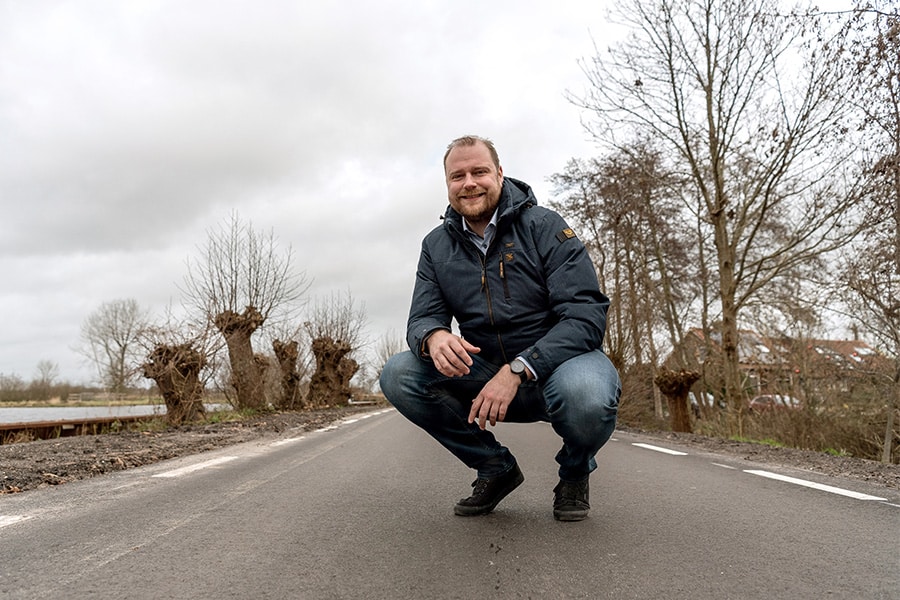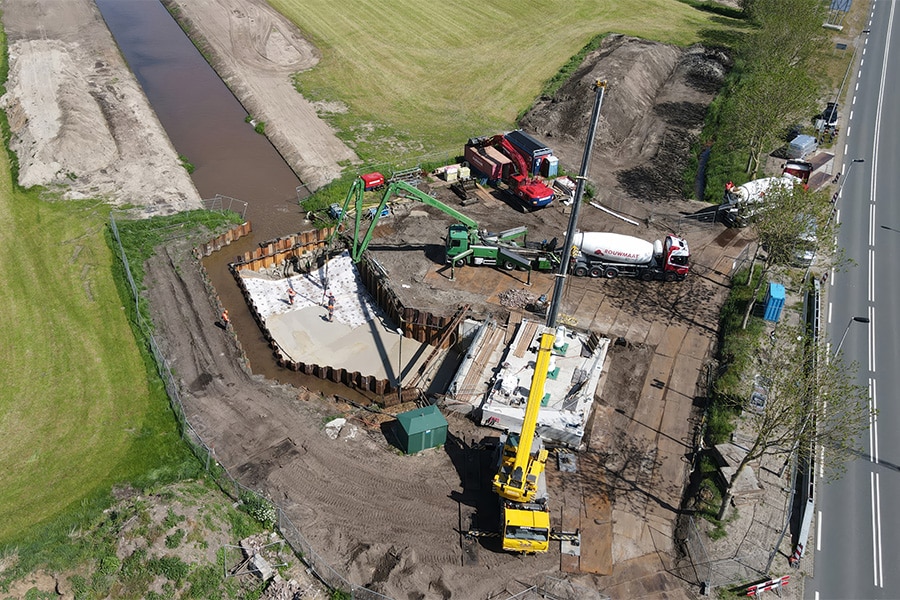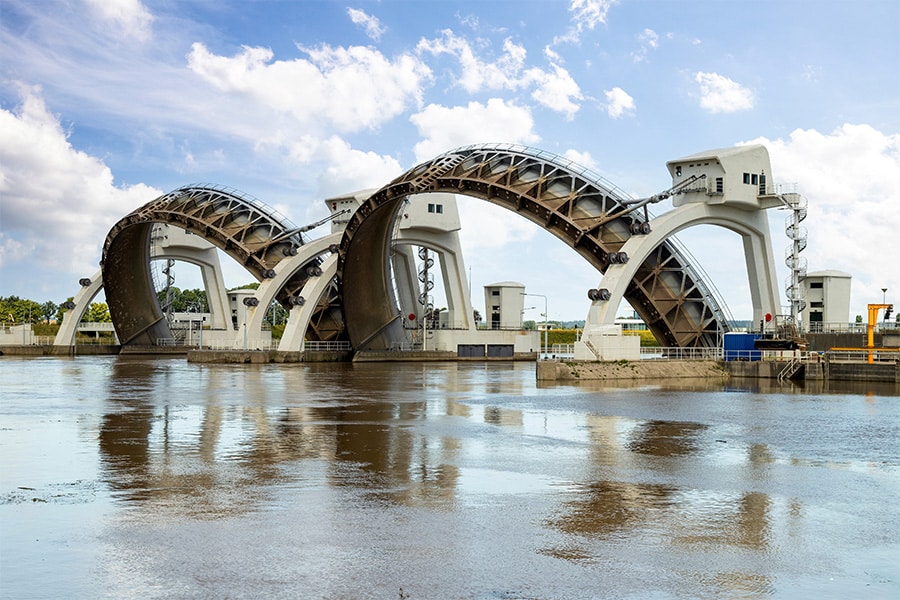
The world of solutions and opportunities behind waste
Environmental objectives such as Cradle to Cradle, reduction of CO2 and rising costs of primary raw materials make alternative raw material extraction worth considering more than ever. Under the guise of 'getting everything out of it and putting it back into new products', Heros Sluiskil ensures that bottom ashes are processed as sustainably as possible into alternative raw materials. In doing so, the company is leading the way in the circular economy.
"Bottom ash is the residue that remains after incinerating residual waste," says Martijn Hoekman, Sourcing & Product Manager Minerals at Heros Sluiskil. Heros processes some 900,000 tons of bottom ash which is then available on the market under the brand name granova® as a sustainable alternative to primary raw materials.

Ingenious systems, innovative concepts
"With in-house designed plants in which an ingenious system of different techniques is used, we extract all metals, ferrous and non-ferrous, from the soil ashes. Some of the remaining minerals are then used as aggregate for the concrete industry (granumix). Another part of the minerals is further cleaned and used as a freely applicable building material (combimix). Combimix is used as a sustainable sand and soil substitute for foundations and embankments in road construction, among other things. It is the first Dutch product to be approved by the Department of Public Works, in accordance with the Green Deal," says Hoekman. "Drainmix is one of the latest innovations. A strong, secondary building material with small cavities that is used as a foundation in places where water must be drained in a delayed manner."
Adaptive systems
The peak load and unpredictability of water has increased, so more adaptive systems are being developed. "This can be done with primary resources, but with drain mix you have a strong, environmentally friendly and cost efficient alternative. This sustainable climate adaptation is applicable to plazas, parking lots, bike paths and sports fields. But also for roads." Hoekman is referring to Innova58: a Rijkswaterstaat project in which the Innovation Lane on the A58 is an important showcase of sustainable and circular applications within civil engineering. Contractor van Kessel, in collaboration with AquaBASE, proposed a construction for water storage under asphalt, using the granova® drain mix. Through another construction in the verge, the water is returned under the highway and buffered in the hollow space of the drainmix. "Nice to see how people think in solutions when you write a sustainability concept."
Awareness and acceptance
Hoekman finds that the market has not yet fully embraced secondary materials. "Everyone talks about innovative ideas and C2C, but when implementing them you run into resistance. Unnecessary, because all our products comply with laws and regulations -without restrictive measures- and can therefore simply be applied." According to Hoekman, primary raw material producers need not fear for their market position either: "It can be complementary to each other if you make good agreements on applications." Hoekman concludes, "High time, therefore, that the market knows that Heros is a large professional organization, which is tackling a social problem, supplying product streams that meet the required regulations and thus taking the contribution to a circular economy more than seriously."



